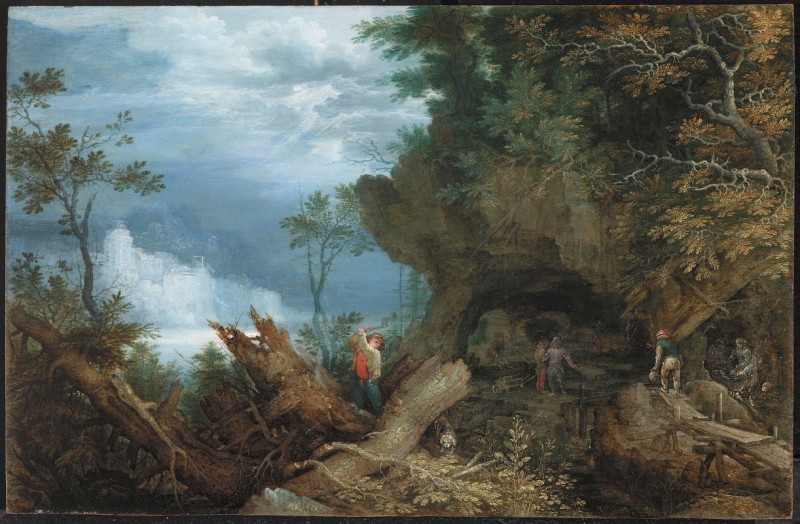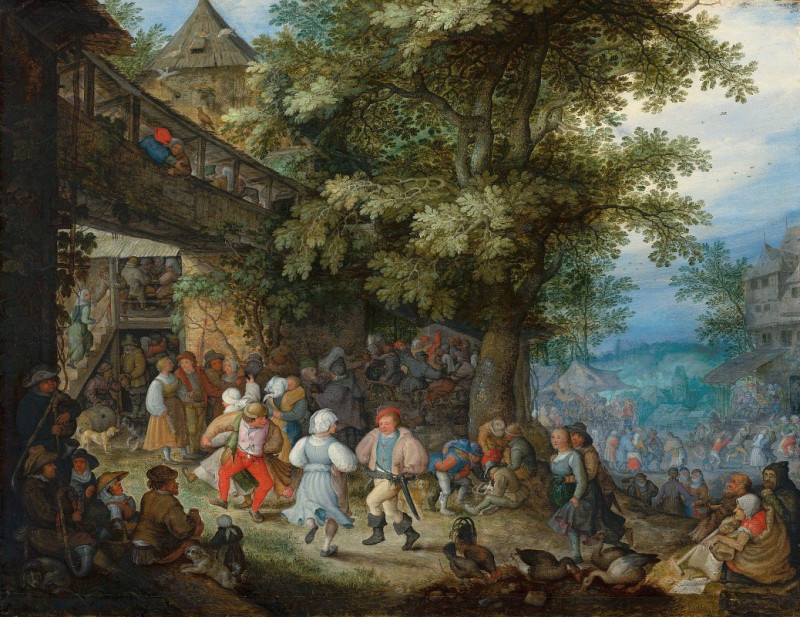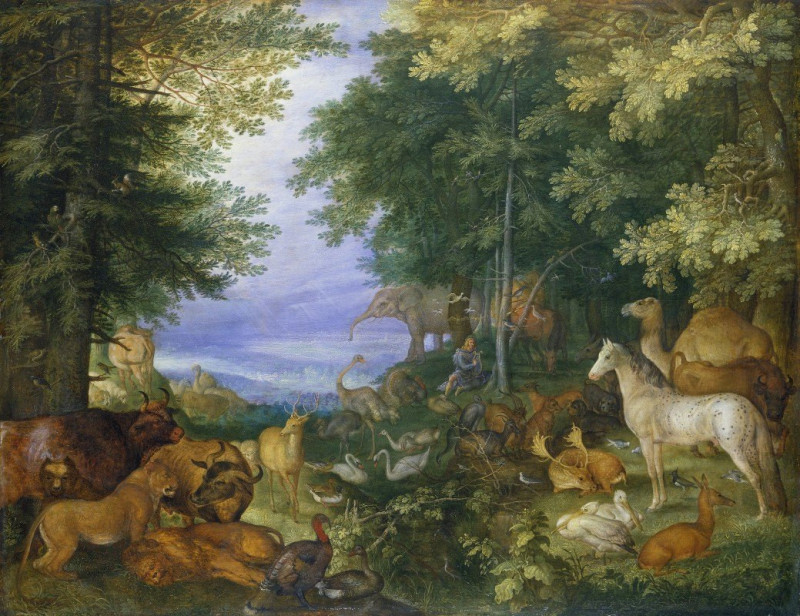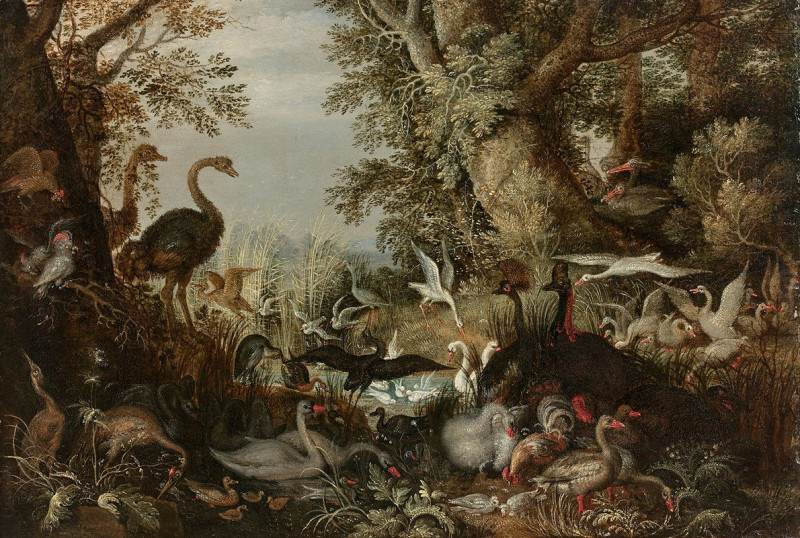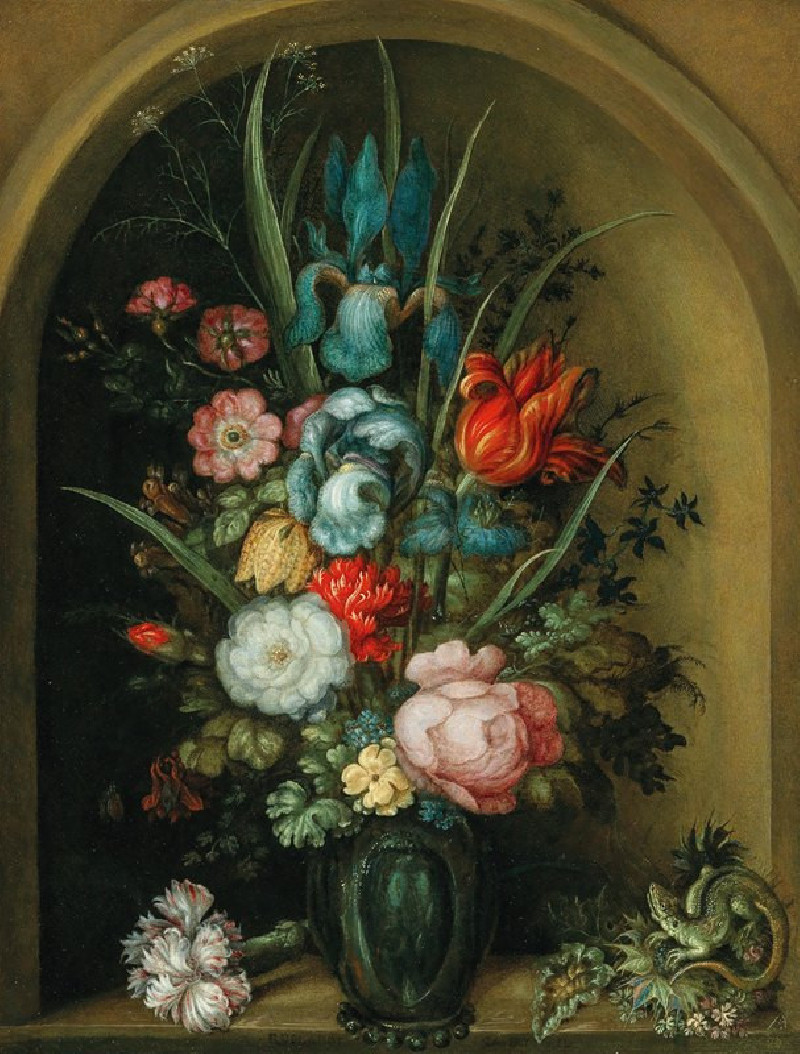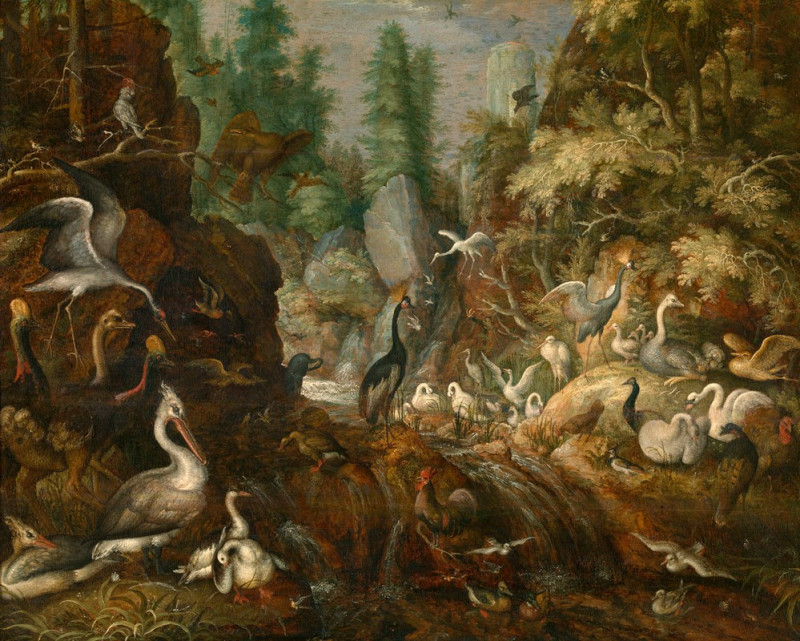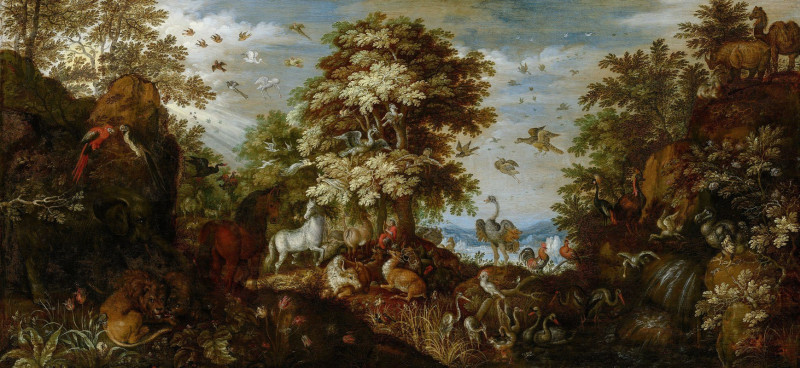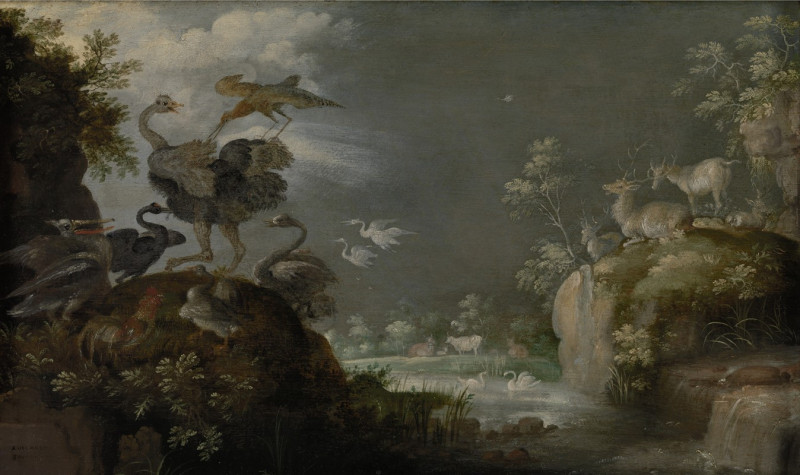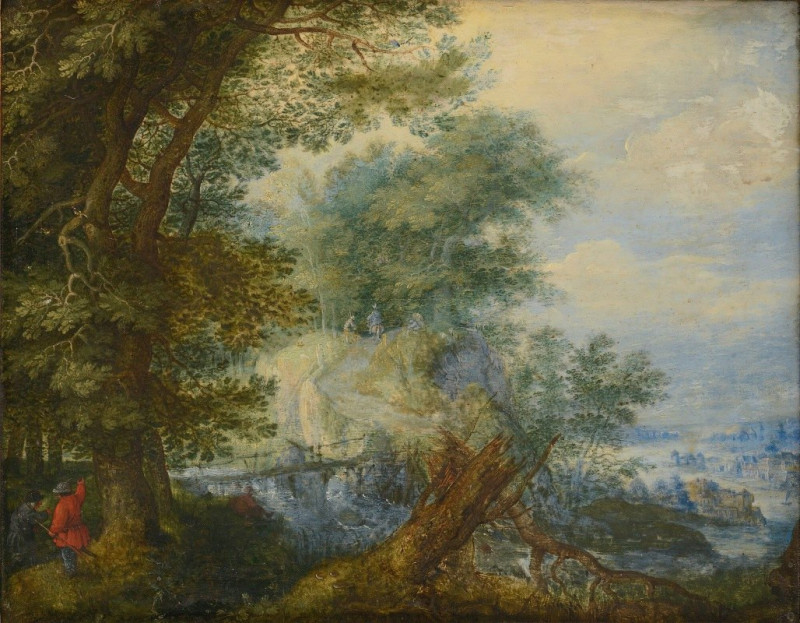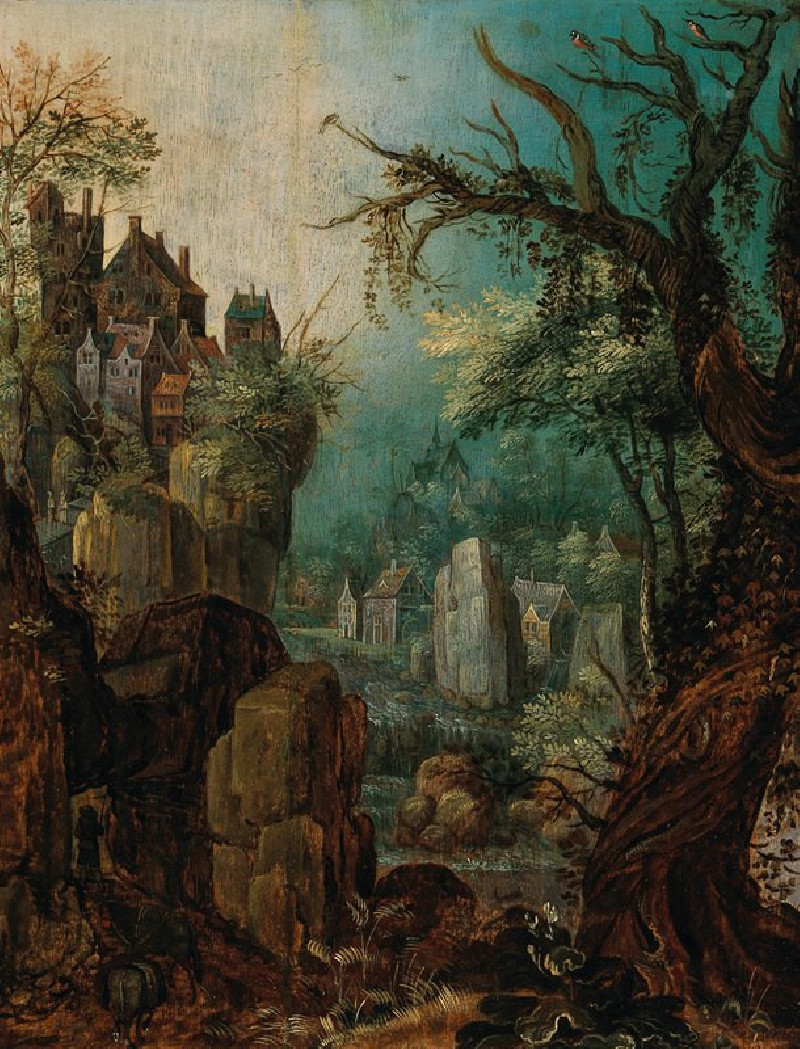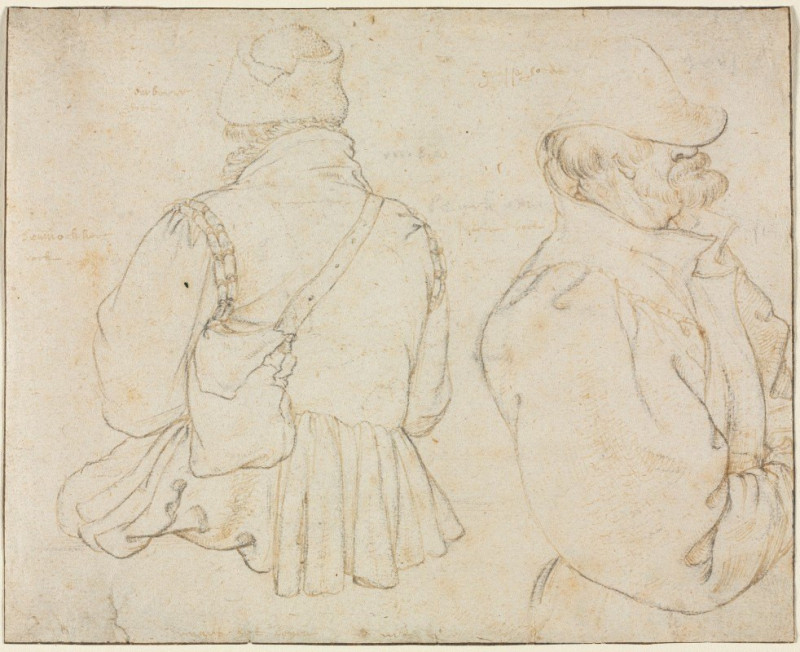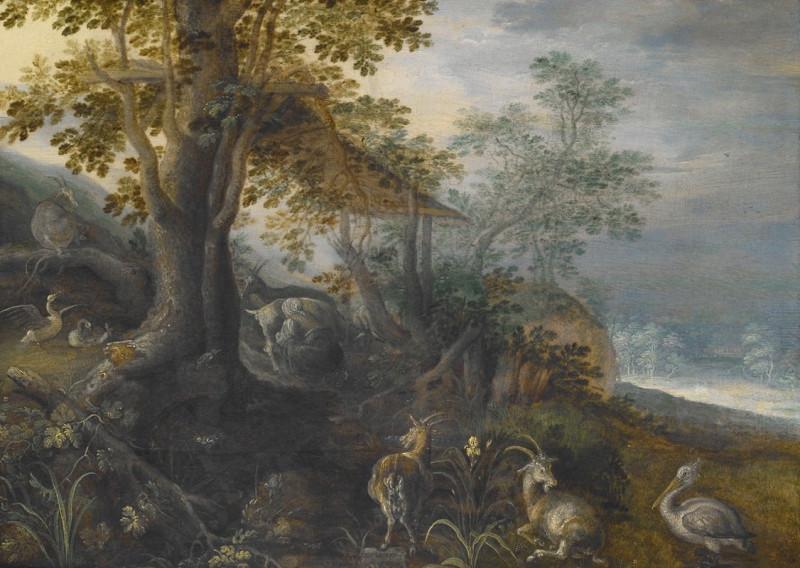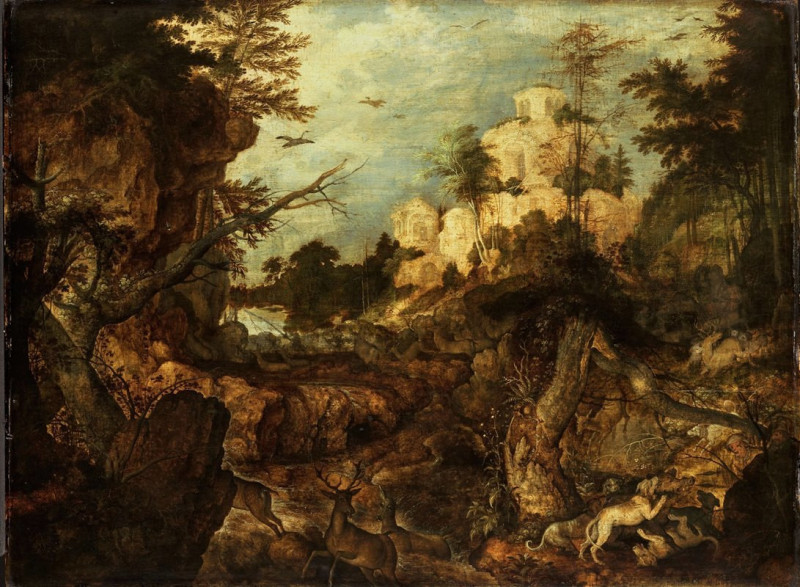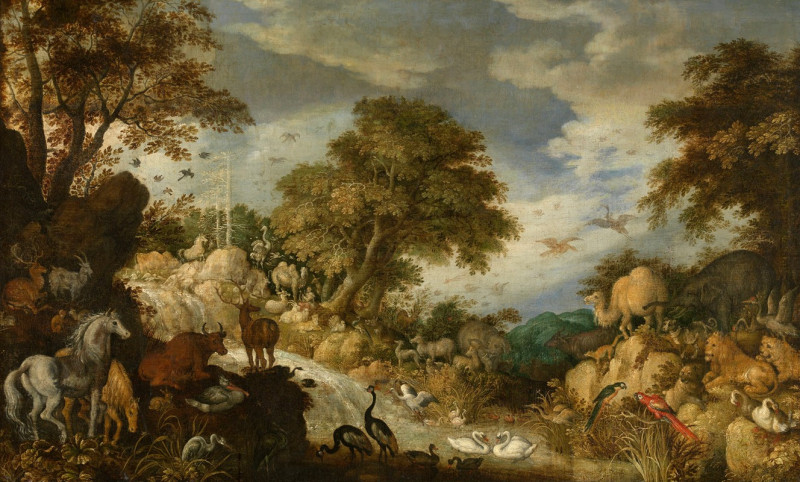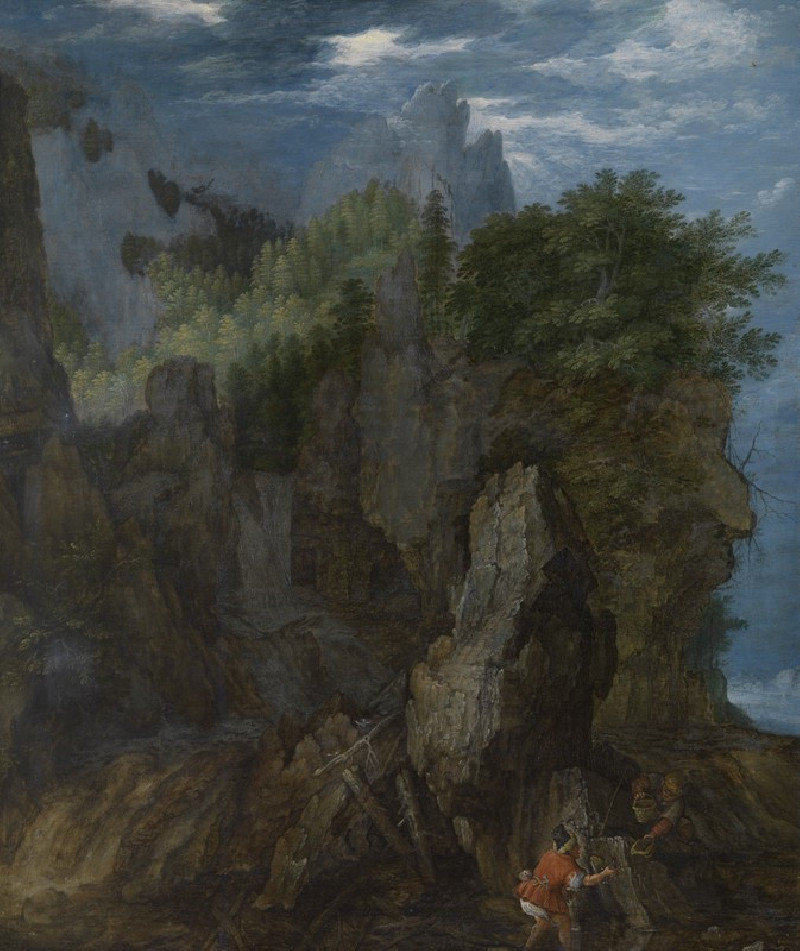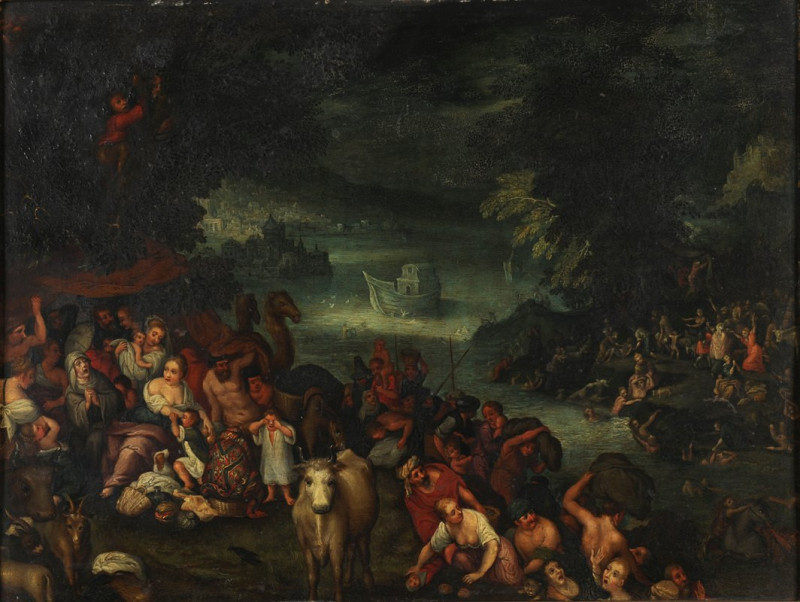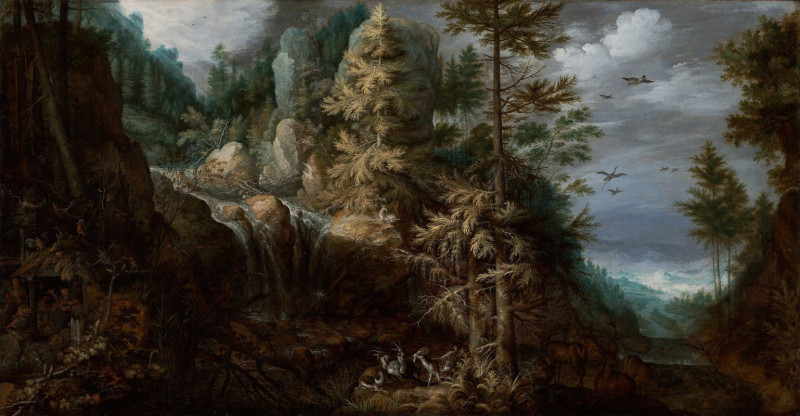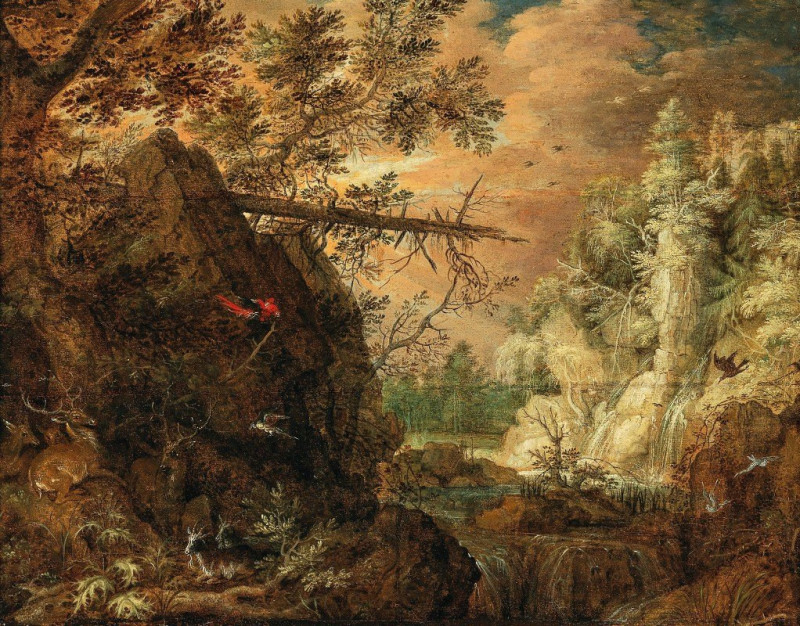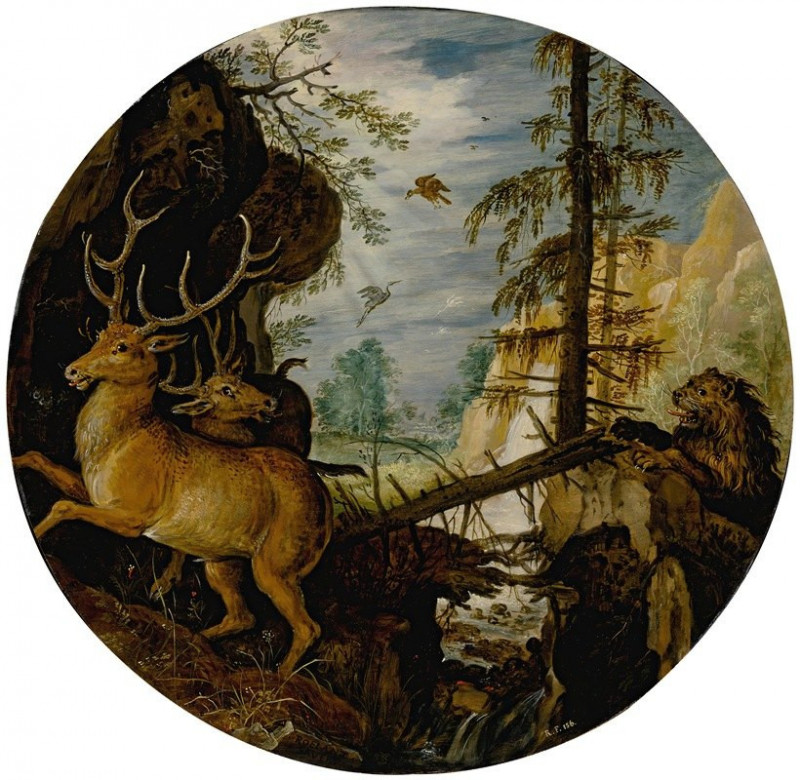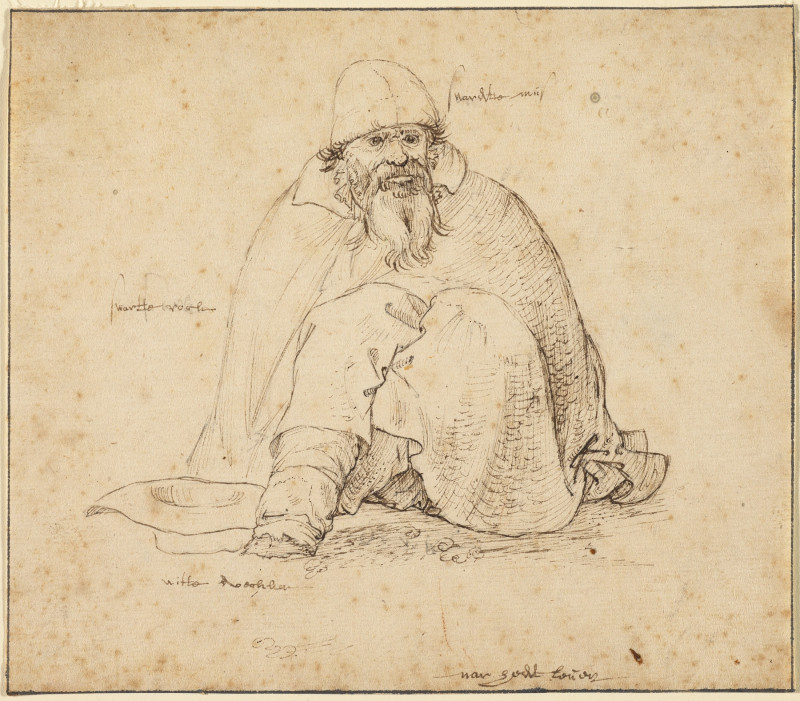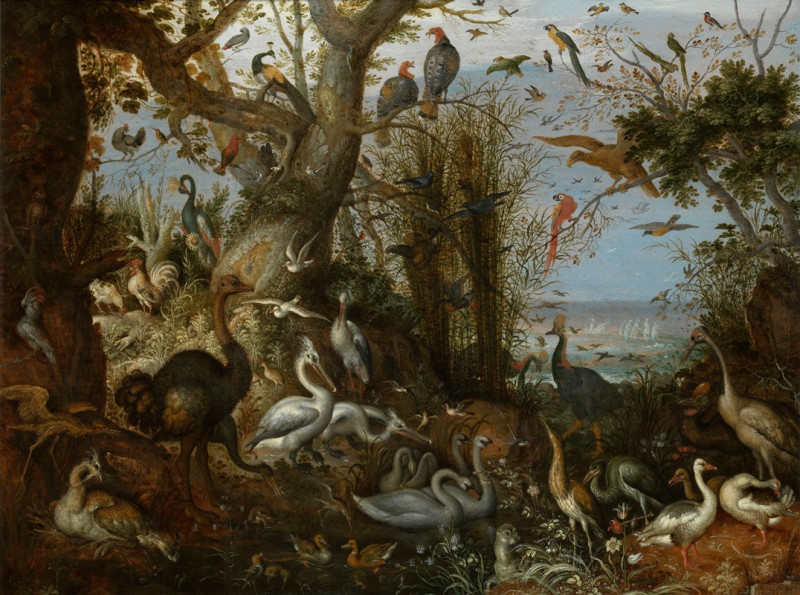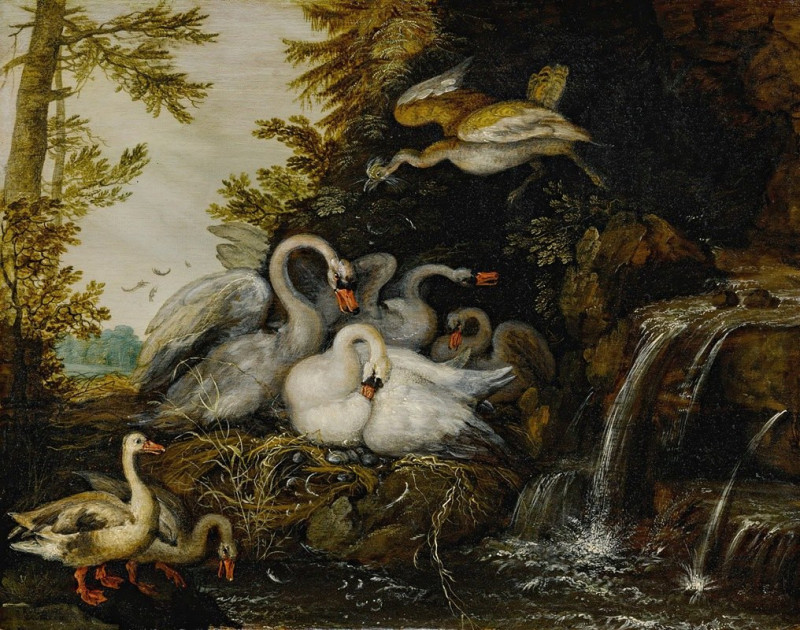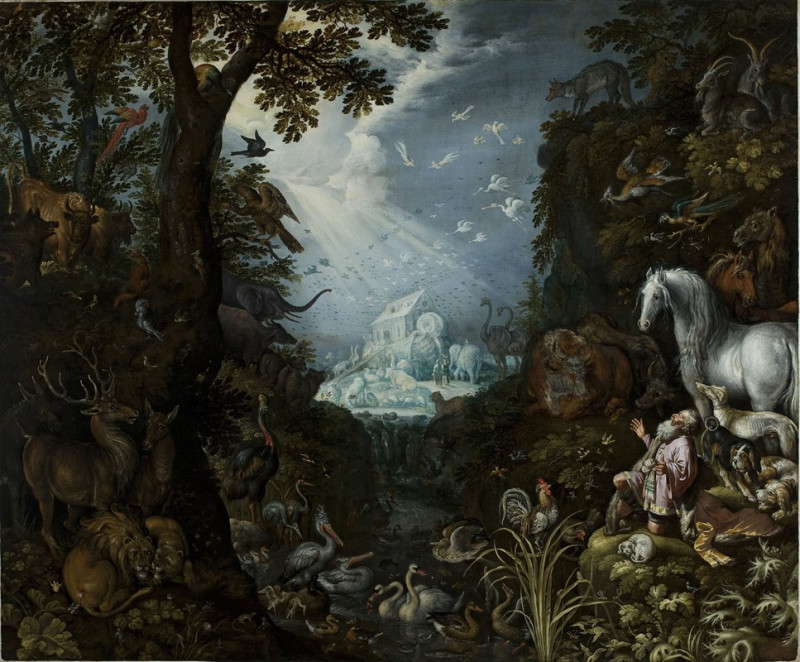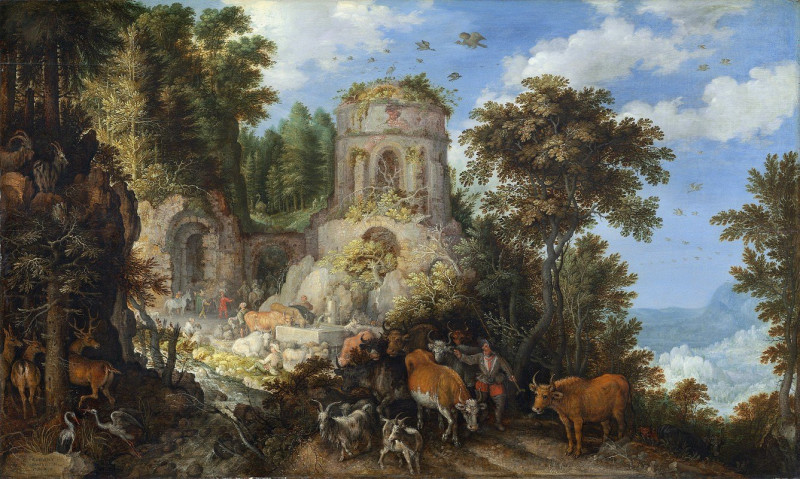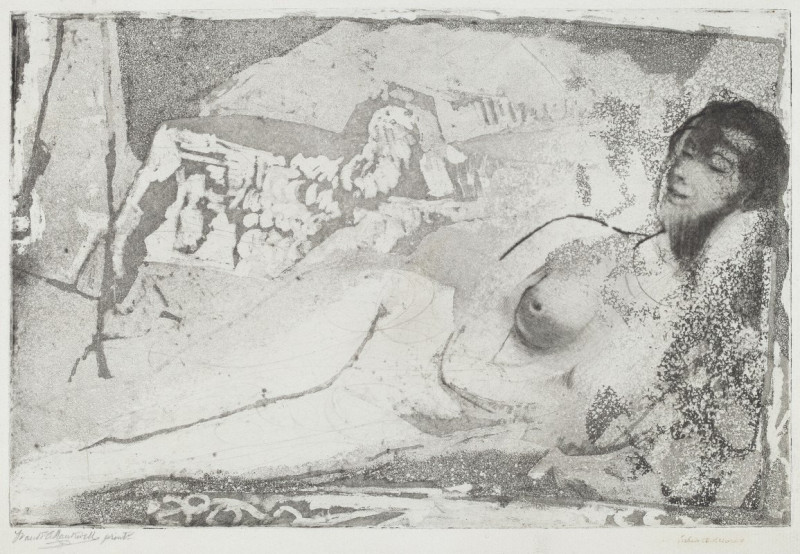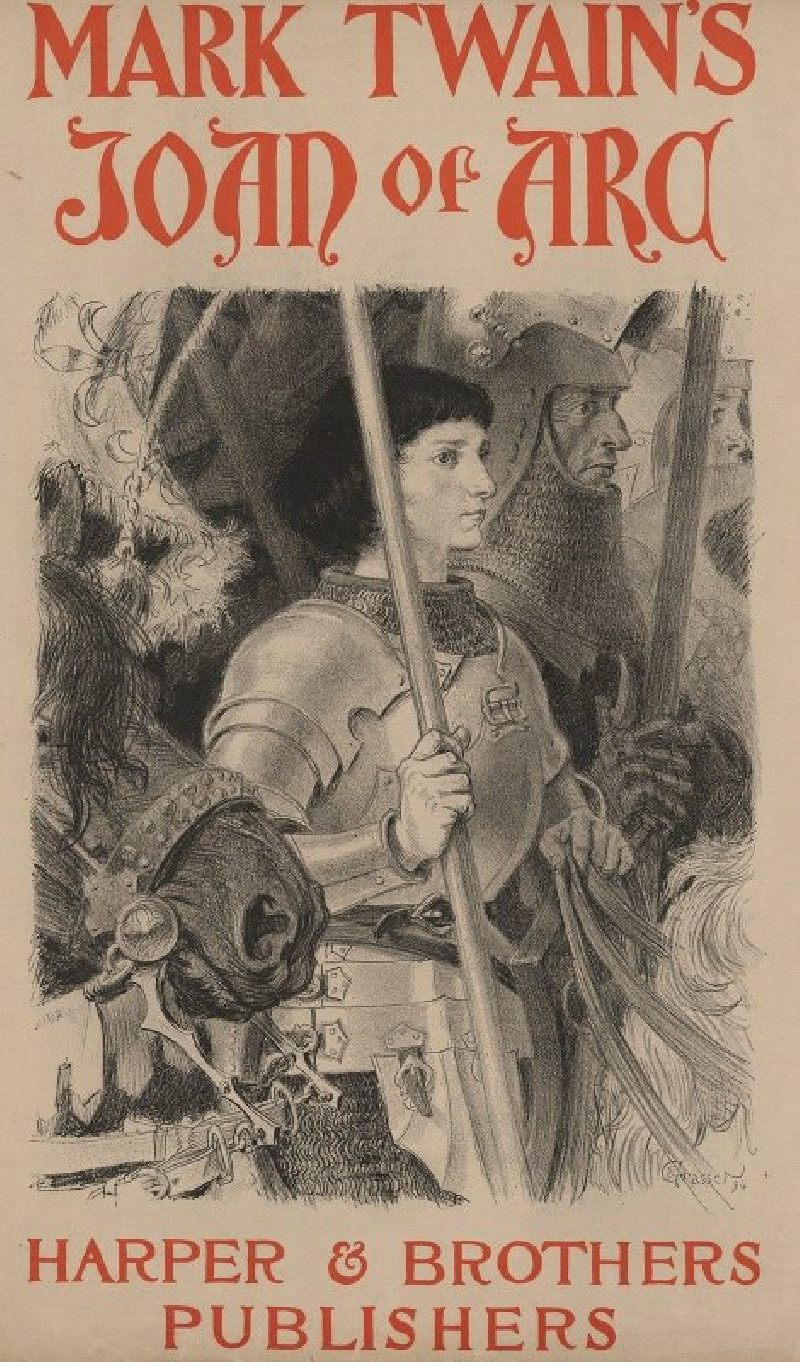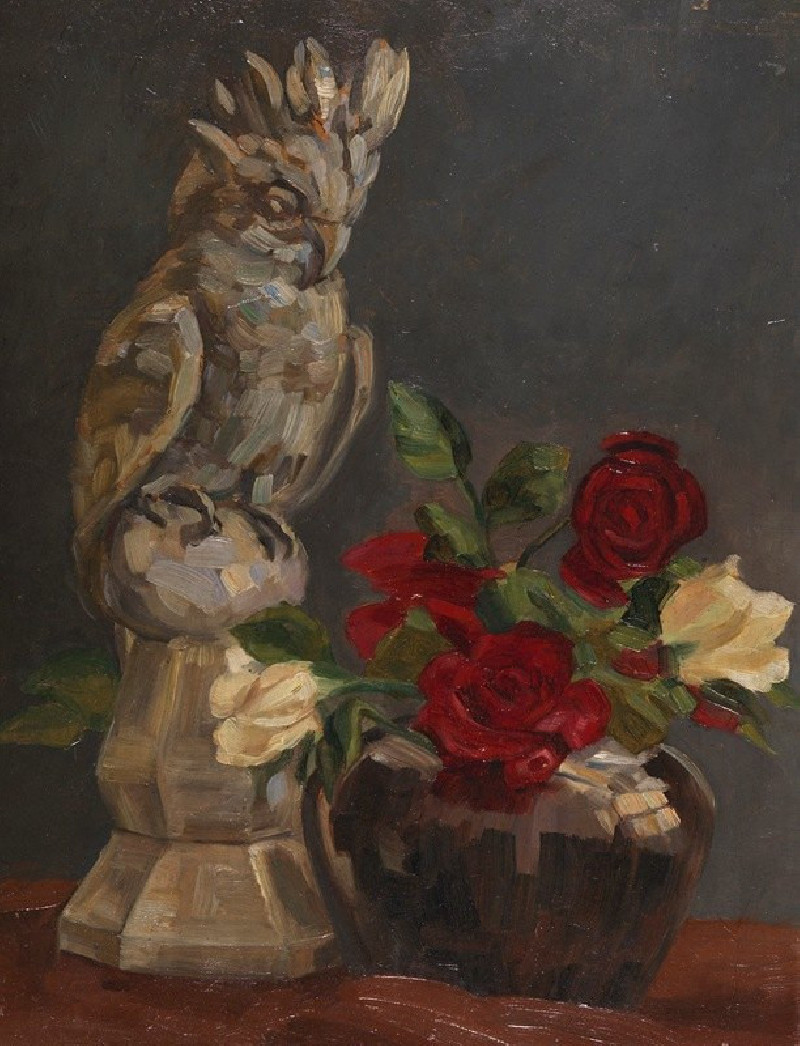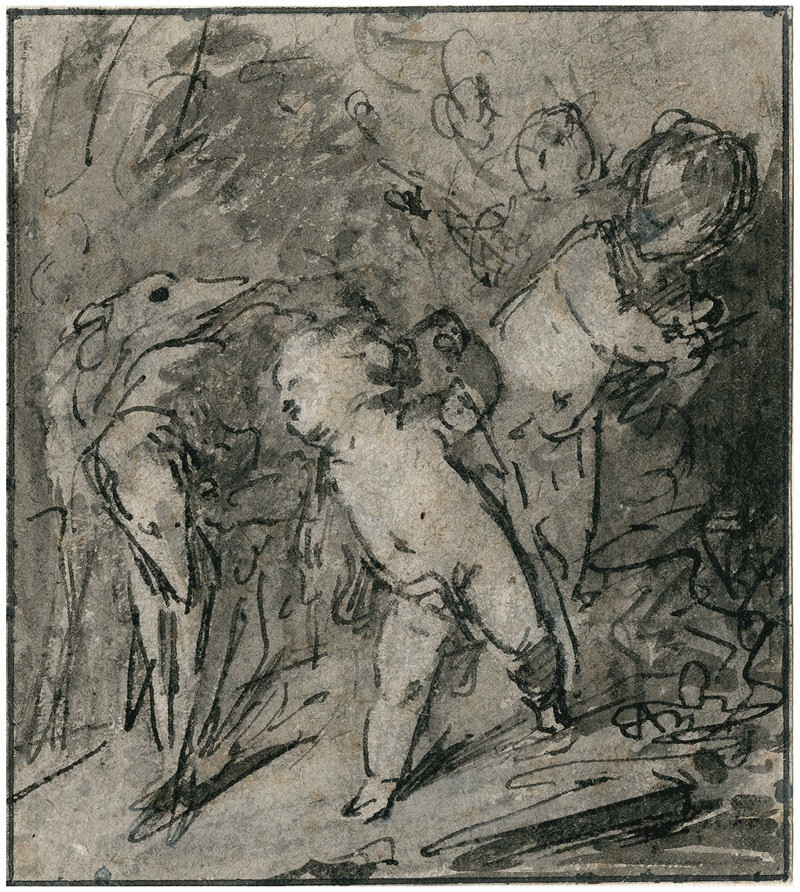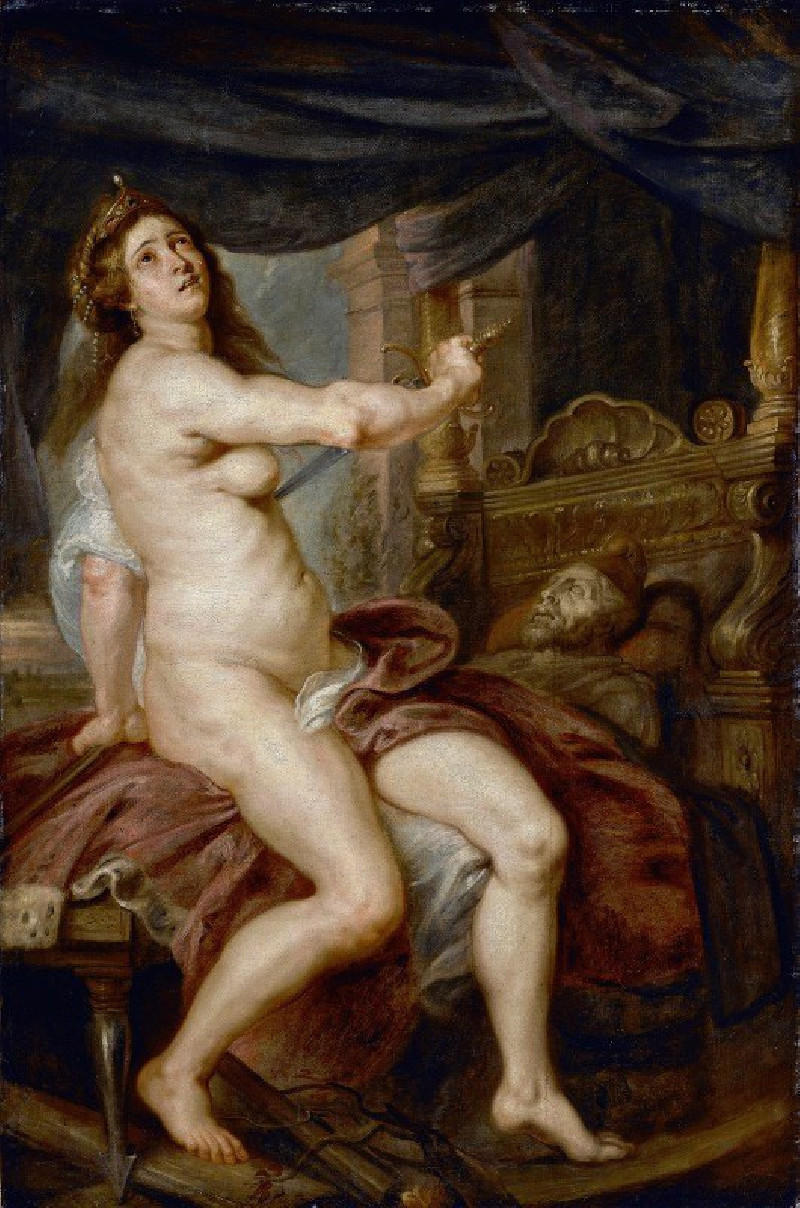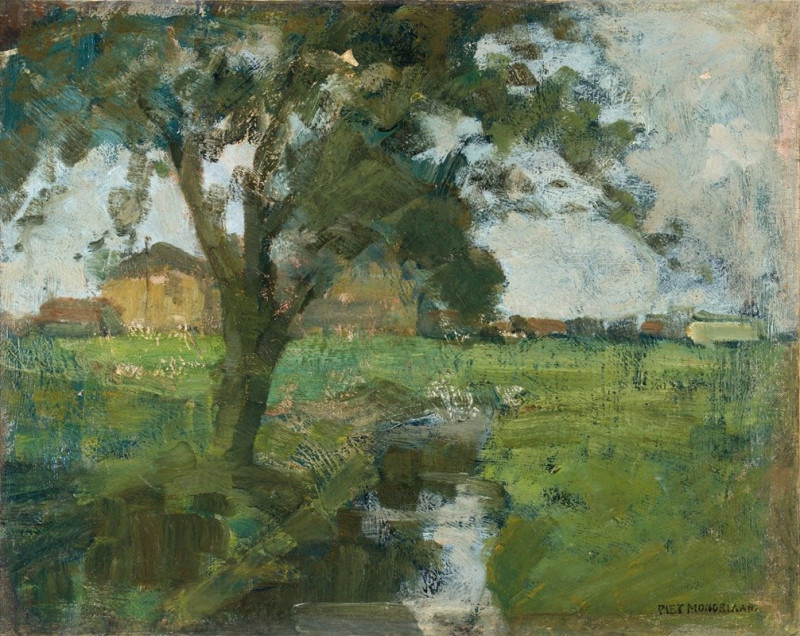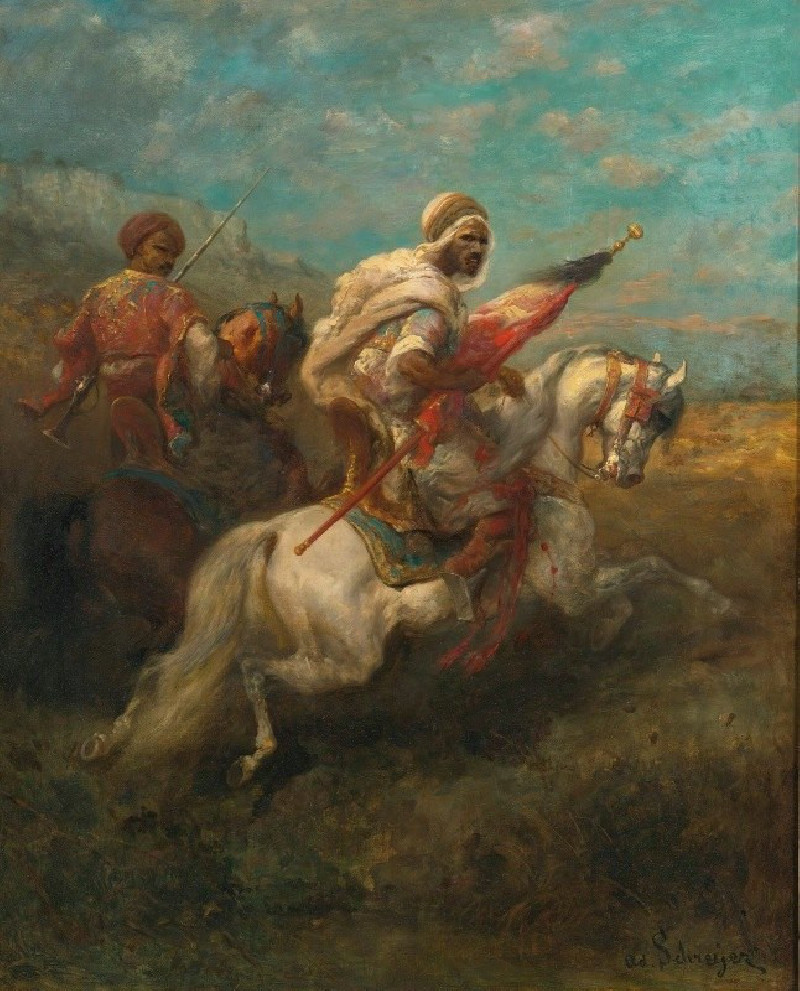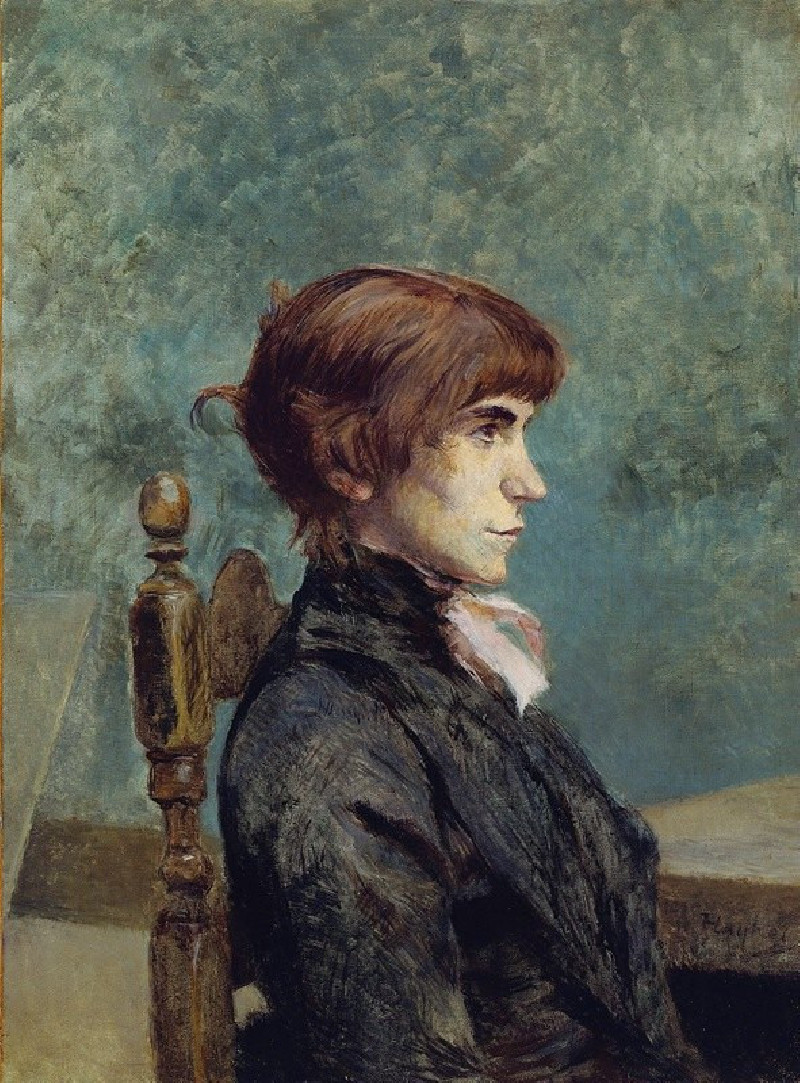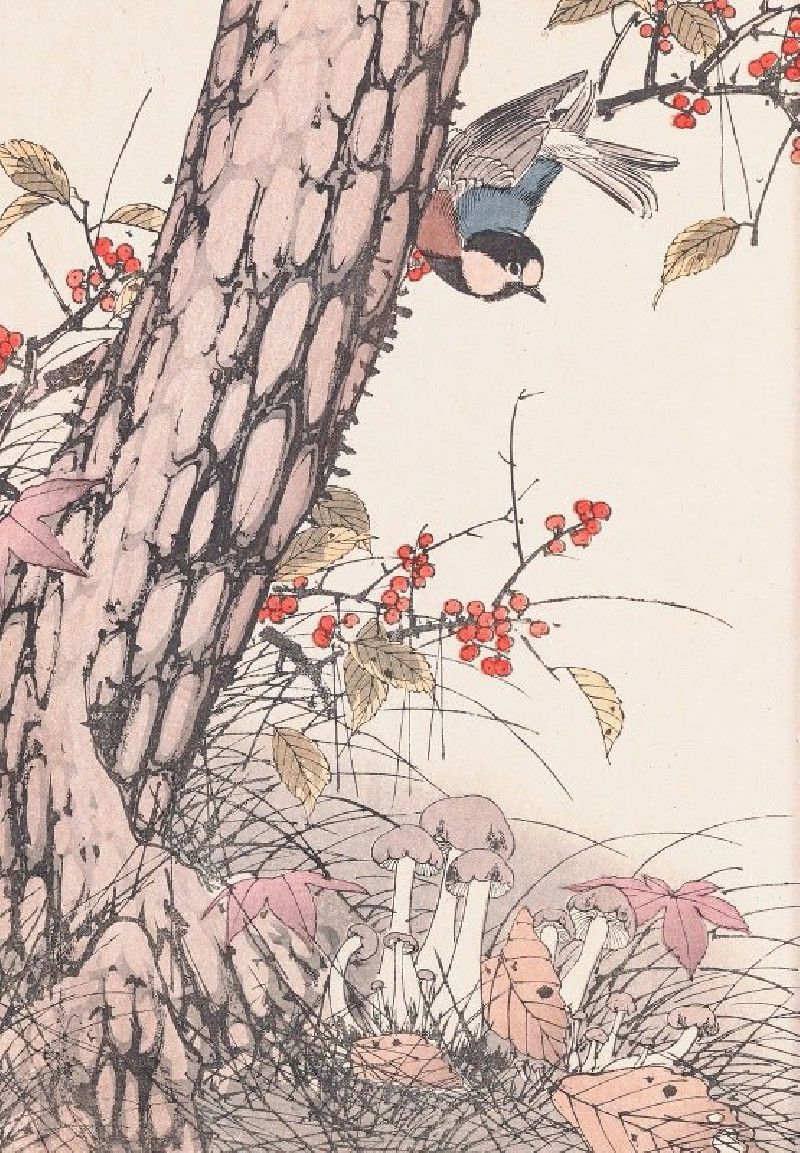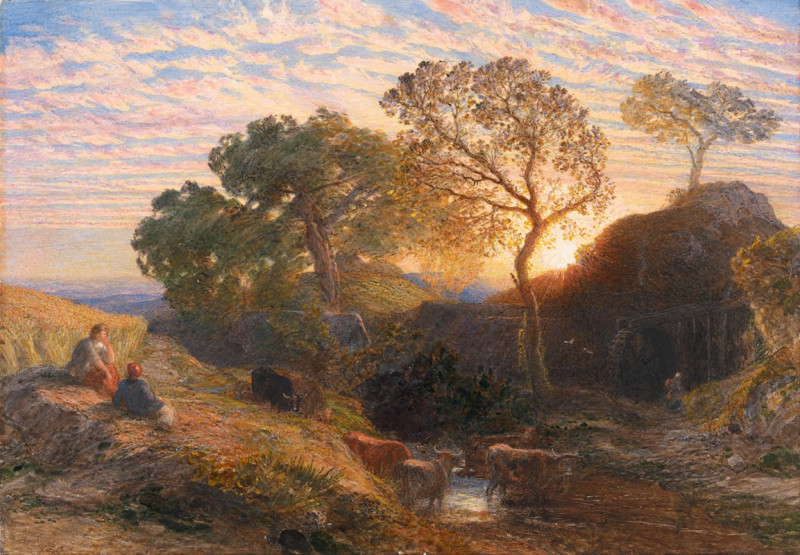Mountainous Landscape with an Entrance to a Mine (ca. between 1612 and 1613)
Technique: Giclée quality print
Recommended by our customers
More about this artwork
"Mountainous Landscape with an Entrance to a Mine," painted circa 1612-1613 by Roelant Savery, is a captivating work that beautifully intertwines the serenity of nature with human endeavor. At first glance, the viewer is drawn into a lush, dramatic scene where nature and human activity coexist. The focal point is a shadowy mine entrance carved into a rugged, rocky outcrop, around which workers engage in various activities, suggesting the laborious extraction of resources from the bowels of the earth.The painting's composition skillfully balances the raw beauty of the natural world with the gritty reality of human toil. On the left, a demolished tree suggests recent human activity and possibly environmental disruption, pointing to the impact of human exploitation of natural resources. The rich detail in the painting, from the textured leaves and twisted branches of trees to the vivid depiction of the workers, evokes a sense of place and time that is both historical and timeless.In the background, a faintly rendered, almost ethereal city appears amidst the mountains, enveloped in a misty, atmospheric haze, adding a layer of depth and mystery. This distant city may serve as a reminder of the civilized world's reliance on the raw materials procured through such rough endeavors."Mountainous Landscape with an Entrance to a Mine" not only showcases Savery's skill in landscape painting but also serves as a narrative on the human condition and our perpetual interaction with the natural environment.
Delivery
Returns
Roelant Savery (or Roeland(t) Maertensz Saverij, or de Savery, or many variants) was a Flanders-born Dutch Golden Age painter.
Savery was born in Kortrijk. Like so many other artists, he belonged to an Anabaptist family that fled north from the Spanish-occupied Southern Netherlands when Roelant was about 4 years old and settled in Haarlem around 1585. He was taught painting by his older brother Jacob Savery (c. 1565 – 1603) and Hans Bol.

